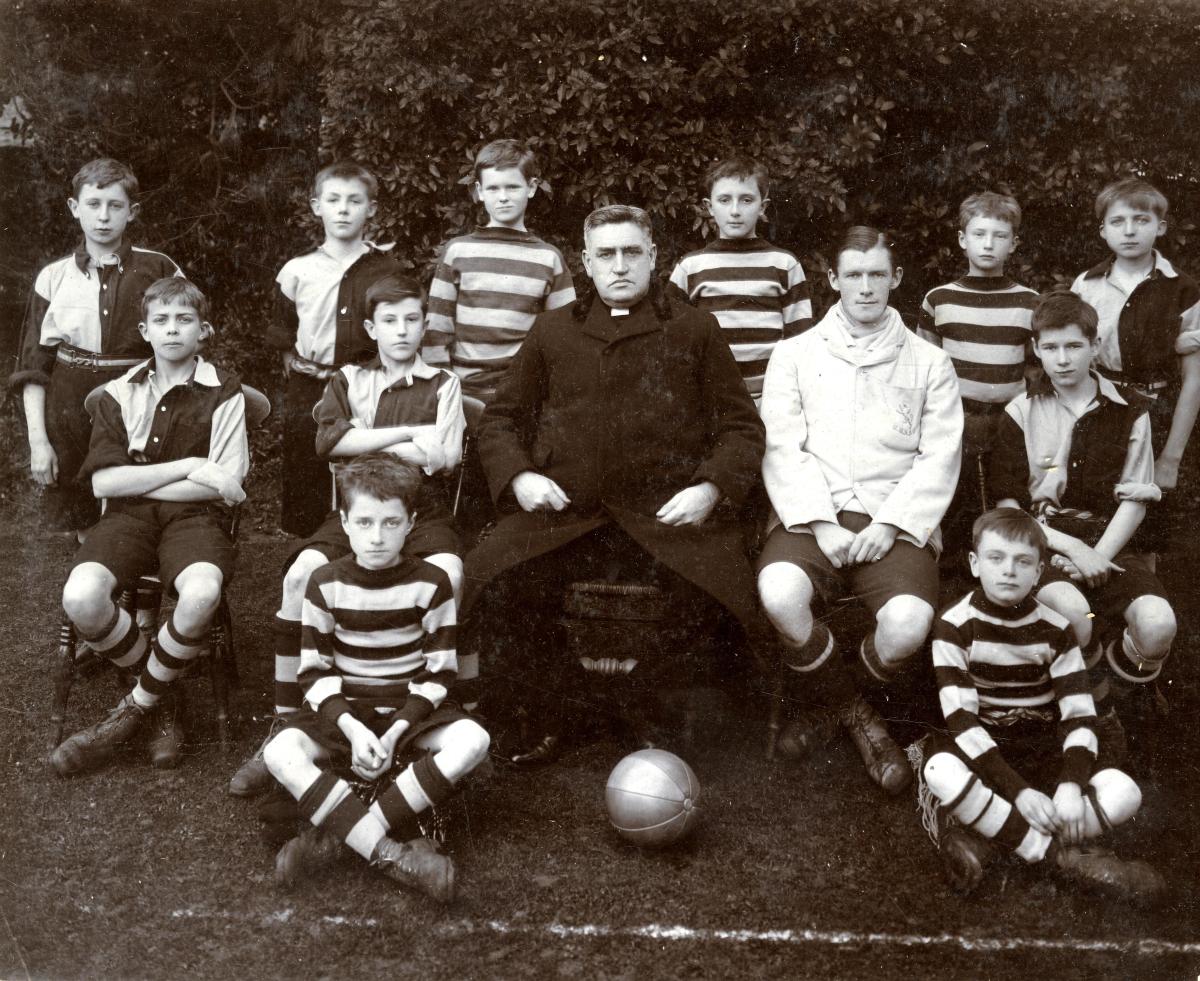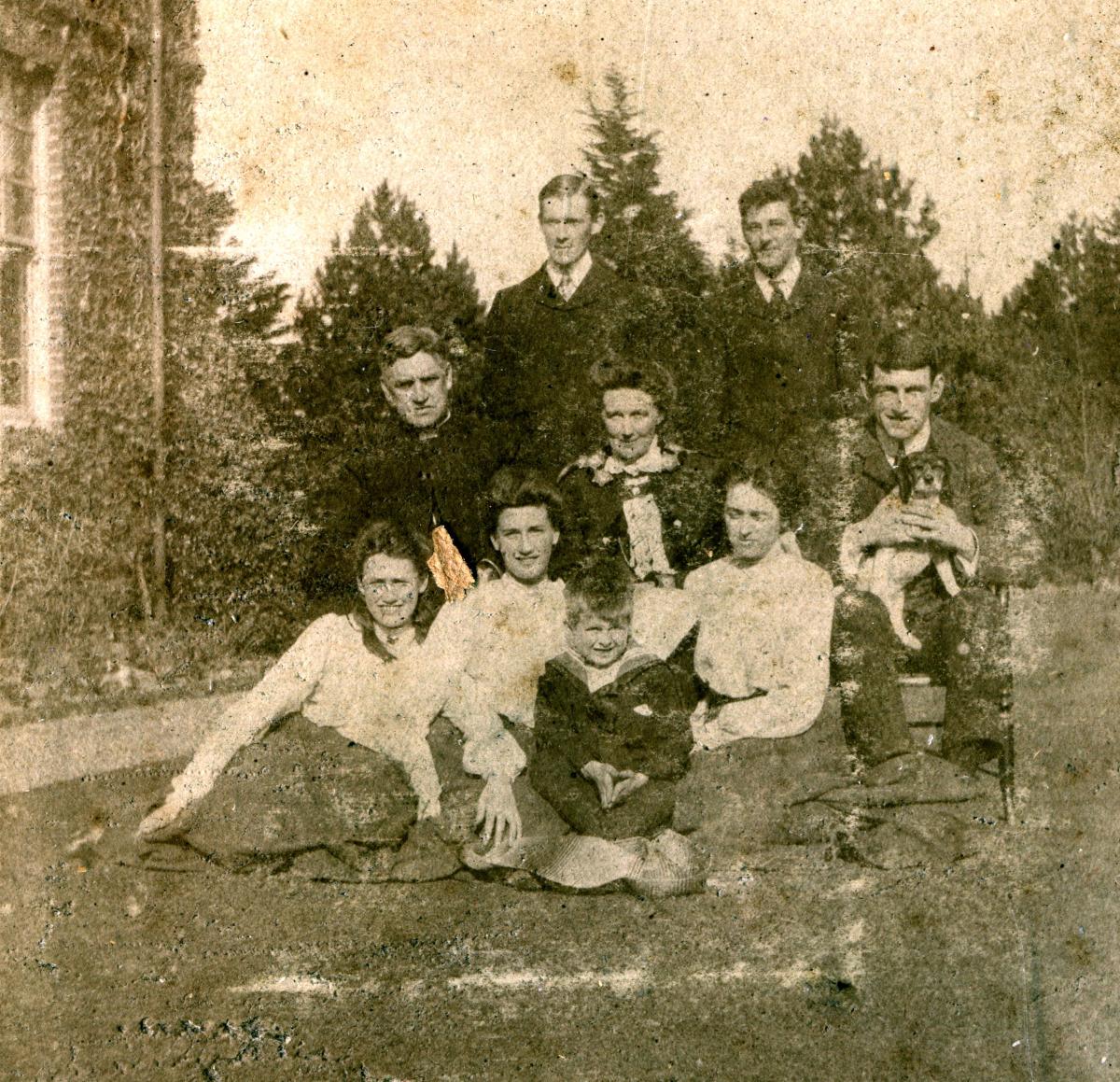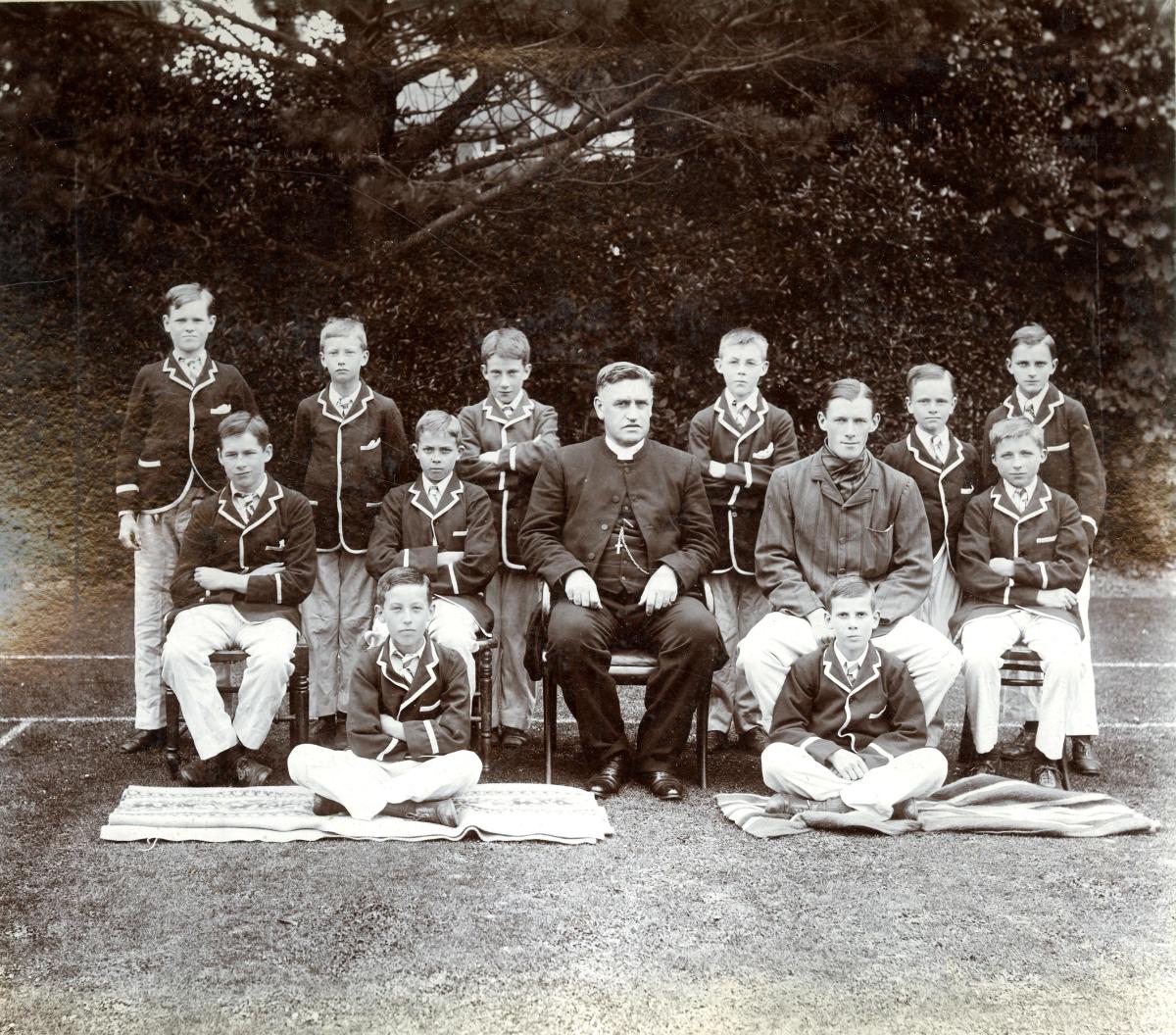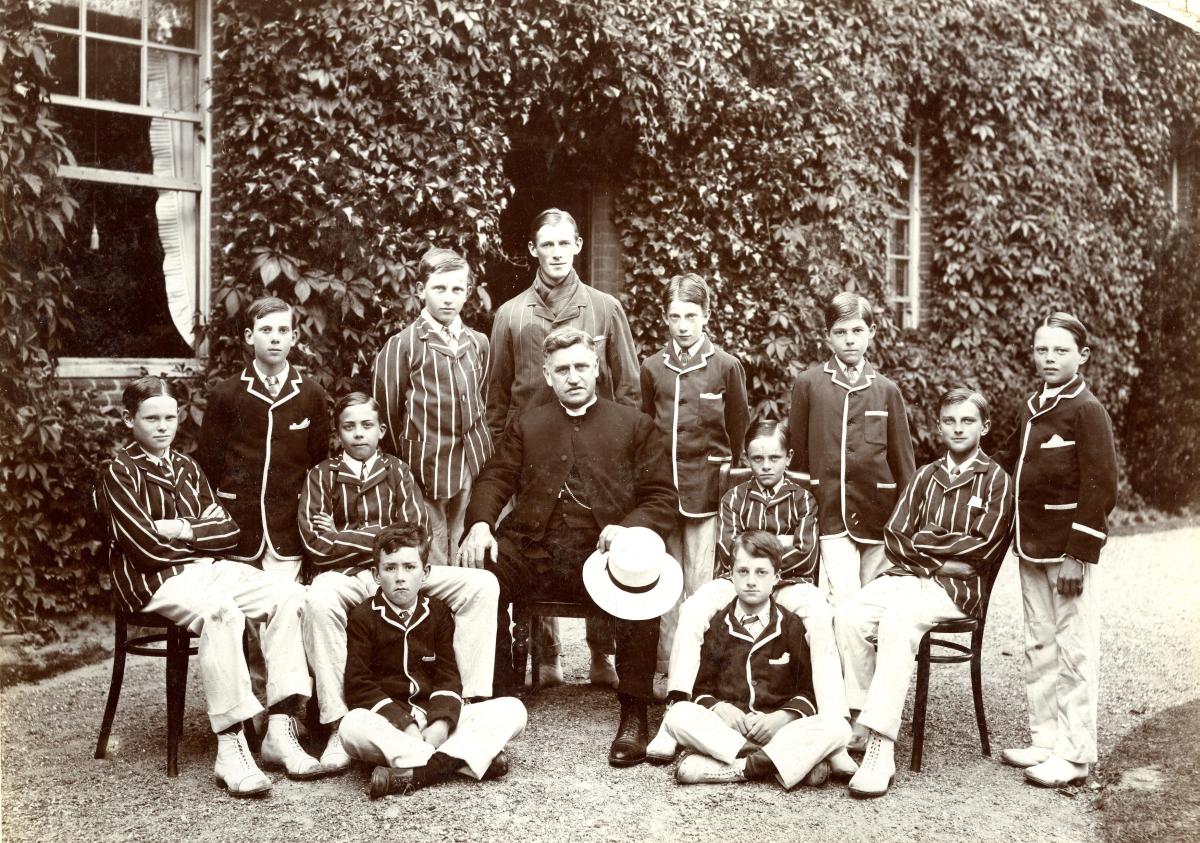The Reverend Philip Crick
The Reverend Philip Crick founded Saint Ronan’s in 1883 and served as Headmaster until 1909.
He was born into a clerical family on the 5th May 1855 in Suffolk. He was the youngest of the Reverend Henry William Crick’s and Elizabeth Mary Mingay’s three sons. As was his father before him (The Reverend Thomas Crick), the Reverend Henry Crick was Rector of Little Thurlow.
Sadly his father died very soon after his birth, at the age of just 52. Like his father before him and his elder brothers, The Reverend Frederick William Crick (born 1852) and The Reverend John Henry Crick (born 1853), Philip attended Bury St Edmunds School, becoming Head of School for his final year 1873/1874.
He was clearly a very able young man and won a scholarship to Pembroke College, Cambridge, gaining his BA in 1878. His brothers, Frederick and John, were scholars at Pembroke and St Catherine’s, Cambridge.
After graduation he was made Deacon in the diocese of Dublin and was an Assistant Master at St Columba’s College. In 1879-1880, he taught at St Andrew’s College, Bradfield and in 1881 he became Chaplain at Oxford Military College, being ordained Priest that same year. In 1882 he became Assistant Master at Somerset College, Bath. On 2nd February 1882, he married Miss S. Antoinette Plant and was ‘desiring to start a school on his own’. In January 1883, Mr Crick, with his wife and seven-week old son (also called Philip) took up residence at Pen-y-arth, Selden Terrace, East Worthing, a semi-detached corner house. Since no-one knew the meaning of Pen-y-arth and it anyway did not seem a convenient name for a school, a change was decided upon. In the bustle and excitement of the move, however, no decision had been made and the painter waited, brush in hand, for the point to be settled. Mrs Crick Snr., was reading the Waverley novel, ‘St Ronan’s Well’, at the time and her suggestion that the School should be called Saint Ronan’s was adopted. The school colours (light and dark blue) were adapted from Philip Crick’s Cambridge College, Pembroke, which coincidently was the same College as Saint Ronan’s second, third and fourth Headmasters. The school crest, too, was an adaptation of Pembroke’s. The school opened in September 1883, with just five boys and six small desks. The names of the first boys were: Angel F., Angel C., Abbott R., Amey A. and Warmsley J. In 1886, the first assistant master (Howell Gwynne, who later became the editor of the Morning News and the Standard) was appointed and the first school magazine was published. In September 1887, the school, which now had 18 boys, moved into a new purpose-built building on the corner of Mill Road and Down View Road in the Heene district of West Worthing. The School had uninterrupted views across the English Channel and was just 400 yards from the sea. In 1888, two acres of land on the opposite side of Down View Road were purchased and known to the School as ‘The Park’. In 1889 a further three acres of land to the north of the house were purchased, giving in it frontage on a third road, the Grand Avenue.
In February 1892, Philip Crick’s mother died, aged 72, and was buried at St Edmund’s, Heene, Worthing. In that year there were 35 boys in the school.



